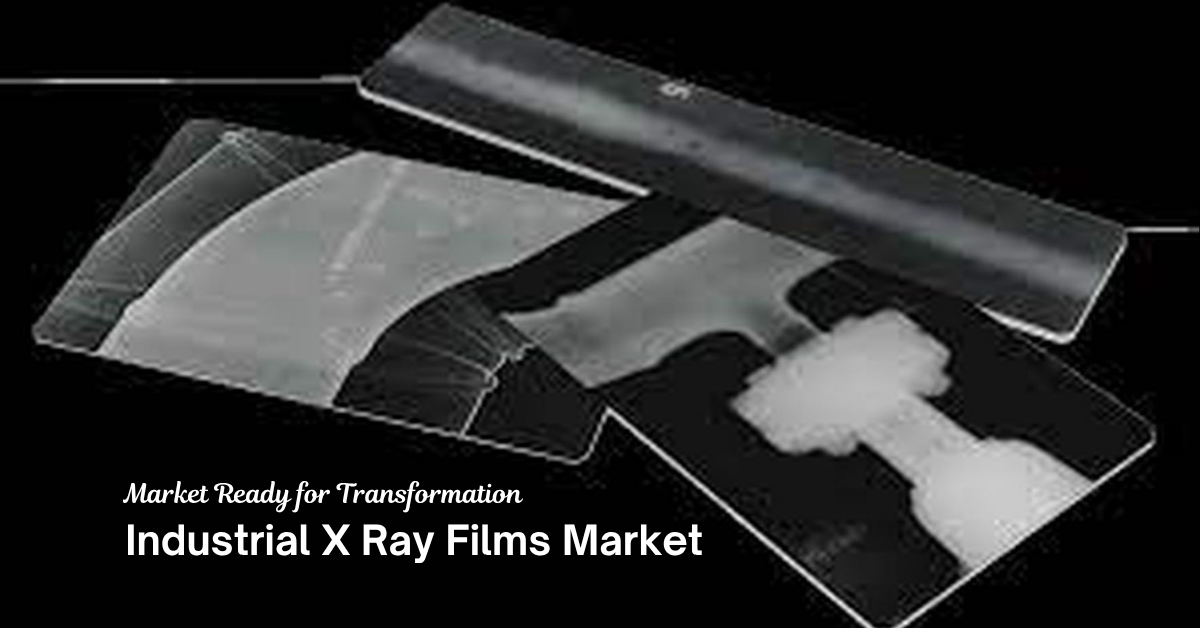The latest market report published by Credence Research, Inc. is “Global Heat Therapy Units Market: Growth, Future Prospects, and Competitive Analysis, 2018 – 2030”. The Global Heat Therapy Units Market generated revenue of around USD 1.8 billion in 2022 and is projected to grow a CAGR of over 5.9% during the forecast period from 2023 to 2030 to reach around USD 2.68 billion in 2030.
The heat therapy units market refers to medical devices used for treatment that entail the application of heat to the body. The devices treat pain, inflammation, stiffness, and spasms by boosting blood flow and relaxing muscles. The rising prevalence of chronic pain conditions, sports injuries, and arthritis fuels the demand for heat therapy units. Chronic pain caused by arthritis affects millions of people in the United States each year, according to the Centers for Disease Control & Prevention (CDC) 2022. The same source estimates that 15 million people endured severe arthritis-related joint pain. In addition, the growing elderly population, rising healthcare expenditures, and technological gadget advance drive market expansion. The industry also sees several opportunities, including the growing popularity of home healthcare, portable and wireless devices, and the development of cost-effective solutions. However, the high cost of devices, reimbursement challenges, and the possibility of skin burns and other side effects associated with using heat treatment units are some of the primary barriers that hinder market expansion. The demand for non-invasive and drug-free pain management therapies will further likely drive the growth of the heat therapy unit market in the upcoming years.
The global heat therapy units market is bifurcated into Product Type, Mobility, Application, End Users, and Geography. Based on product type, the market is categorized into shortwave diathermy units, microwave diathermy units, ultrasound diathermy units, and infrared diathermy units. The global market is segmented into portable and stand-alone based on mobility. The market is divided into physiotherapy, electro-surgery, pain management, and medical based on application. The market is classified into hospitals, clinics, rehabilitation centers, physiotherapy centers, home care settings, and others based on end users. The market is segmented based on geography: Asia Pacific, North America, Europe, Latin America, the Middle East, and Africa.
North America dominated the global heat therapy units market in 2022 due to the region’s high adoption of modern and novel medical technologies, the increasing prevalence of chronic diseases, and expanding demand for non-invasive pain treatment options. The presence of major market competitors, favorable reimbursement policies, and rising healthcare expenditure are other factors leading to North America’s dominance in the global heat therapy unit market.
Heat Therapy Units Market Major Challenges are significant and diverse. One of the primary challenges is the intense competition among companies, which makes it challenging for new entrants to sustain themselves in the market. In addition, price fluctuations and changing consumer preferences further complicate matters for manufacturers. Another challenge faced by players in this industry is regulatory compliance. Since heat therapy units involve heating elements that can cause harm if not used correctly, they must comply with stringent safety guidelines set forth by regulatory bodies such as FDA and CE. This necessitates extensive testing and certification procedures, adding to the cost of production. Lastly, supply chain disruptions caused by natural calamities or political unrest also pose a serious threat to those involved in this business.
The growth factors influencing the heat therapy units market worldwide include:
- Increasing prevalence of chronic pain: The rising incidence of chronic pain conditions, such as arthritis, back pain, and muscle injuries, drives the demand for heat therapy units. Heat therapy provides relief by improving blood circulation, reducing muscle tension, and alleviating pain.
- Growing aging population: The global increase in the aging population is associated with a higher prevalence of age-related conditions like osteoarthritis and joint stiffness. Heat therapy units offer a non-invasive and drug-free treatment option for managing pain and promoting mobility among the elderly.
- Sports and fitness industry growth: The expanding sports and fitness industry creates demand for heat therapy units for injury prevention, post-workout recovery, and muscle relaxation. Athletes and fitness enthusiasts use heat therapy to enhance performance and speed up recovery.
- Non-pharmacological pain management: Heat therapy units provide a non-pharmacological approach to pain management, appealing to individuals seeking drug-free treatment options or complementing their existing pain management strategies.
- Technological advancements: Advancements in heat therapy unit technologies, such as improved heating elements, temperature control mechanisms, and user-friendly features, enhance the effectiveness and convenience of heat therapy. These advancements drive market growth by attracting users looking for advanced and efficient devices.
- Increasing awareness of self-care and wellness: The growing awareness and emphasis on self-care and wellness contribute to the adoption of heat therapy units as part of a holistic approach to health. Consumers are seeking home-use devices that offer convenience and promote self-care practices.
- Availability of portable and wearable heat therapy units: The introduction of portable and wearable heat therapy units provides flexibility and convenience to users. These compact and mobile devices allow individuals to apply heat therapy on-the-go, further expanding the market reach.
- Favorable reimbursement policies: In certain healthcare systems, heat therapy may be covered under reimbursement policies, especially when prescribed by healthcare professionals for specific conditions. Favorable reimbursement policies encourage the use of heat therapy units, driving market growth.
Why to Buy This Report-
- The study provides a quantitative and qualitative analysis of the global heat therapy units market by segments, drivers, present trends, restraints, challenges, opportunities, and market dynamics from 2018 to 2021, with the base year of 2022 and a projected period of 2023 to 2030.
- The report gives insights into the competitive landscape, including how key players in the market are operating globally, regionally, and at the country levels.
- The report contains an extensive analysis of the global heat therapy unit’s market segmentation by product type, mobility, application, and end users, which can assist stakeholders in better understanding market dynamics and identifying potential growth opportunities.
- The report offers business insights into R&D activities, technological advancements, and product innovations in the global heat therapy unit market.
Browse Full Report: https://www.credenceresearch.com/report/heat-therapy-units-market
Visit: https://www.credenceresearch.com/
Related Report: https://www.credenceresearch.com/report/liposuction-cannula-market
Related Report: https://www.credenceresearch.com/report/hydrogen-bev-hev-powertrain-market
Browse Our Blog: https://www.linkedin.com/pulse/heat-therapy-units-market-analysis-size-revenue-growth-singh








